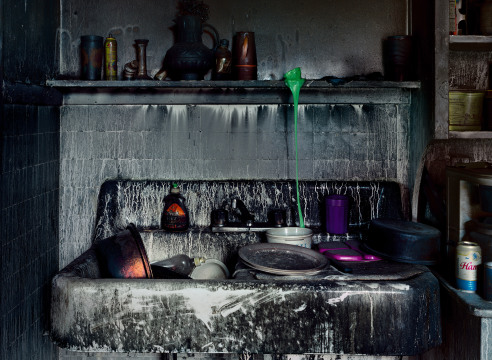
Finnish photographer Esko Männikkö gained international acclaim in the mid 1990s with the series Far North, depicting isolated bachelors living in the north of Finland. His visually dense photographs of everyday life are informed by a rigorously formal approach to the subject matter. Whether photographing animals, dilapidated buildings, or landscapes, Männikkö’s particular use of cropping and deeply saturated color palette demonstrates a strong affinity to painting. This connection is emphasized by his choice of frames, either found or handmade, and deliberately selected to complement the content of the photograph. Rather than creating fixed narratives, Männikkö’s work calls for a more open-ended, metaphoric mode of interpretation.
The series Harmony Sisters, begun in 2005, comprises tightly cropped photographs of domestic and wild animals, including horses, birds, cows, dogs, and monkeys. Taken in a variety of locations, from farmyards to zoos and natural history displays in museums, these extreme close-ups often focus on the eye of the creature. What might be perceived as an intimate portrait becomes an act of objectification, as Männikkö plays between intimacy and otherness.
Born in 1959 in Pudasjärvi, Finland, Esko Männikkö lives and works in Oulu, Finland. He was the winner of the 2008 Deutsche Börse Photography Prize, and the subject of a major retrospective entitled Time Flies, which traveled from the Taidehalli Kunsthal in Helskini (2014) to the Huis Marseille in the Netherlands (2015).
Männikkö has exhibited internationally at the Venice Biennale, the Sao Paolo Biennial, the Yokohama Museum of Art, the Shanghai Museum of Art, and the Tate Liverpool. His work is in the permanent collections of the J. Paul Getty Museum, Los Angeles; Los Angeles County Museum of Art; Museum of Contemporary Art, Los Angeles; Cartier Foundation, Paris; the Moderna Museet, Stockholm; and the Malmö Art Museum, among others. He has published three books including Naarashauki: The Female Pike (2000), which was selected for two compendiums of the most important books in the history of photography.
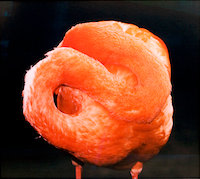
| As a self-taught artist, Männikkö counts few stylistic precedents or influences, and though his interest in the residue of everyday life is the foundation of his image making, his formalism lends itself to metaphoric or existential modes of interpretation. Time Flies includes a range of images – abandoned cars, cemetery portrait sculpture, discarded family photographs - whose subjects bear witness to the passage of time and serve as a poignant meditation on the inevitable collapse of all material things, human or inanimate. Esko Männikköʼs gallery and museum installations place his photographs abutted together to form a single line through the exhibition space, in a variety of ornate, patinaed frames carefully selected to complement the details or subjects of his images. |
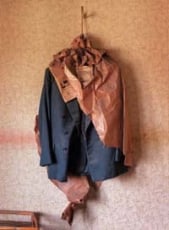
Time Flies - A Highlight
May 17 - September 27, 2015
Press release
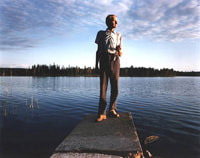
Esko Männikkö: Time Flies, the artist's first museum retrospective, is on display at Kunsthalle Helsinki through March 2, 2014, and is scheduled to travel to Europe and the United States through 2016.
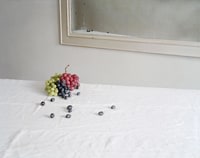
Both Laura Letinsky and Hiroh Kikai were nominated for the 2009 Deutsche Borse Prize, awarded to UK-born photographer Paul Graham. The Prize aims to reward a living photographer who has made the most significant contribution to the medium of photography in Europe over the past year. Gallery artist Esko Mannikko was the 2008 Deutsche Borse recipient.
